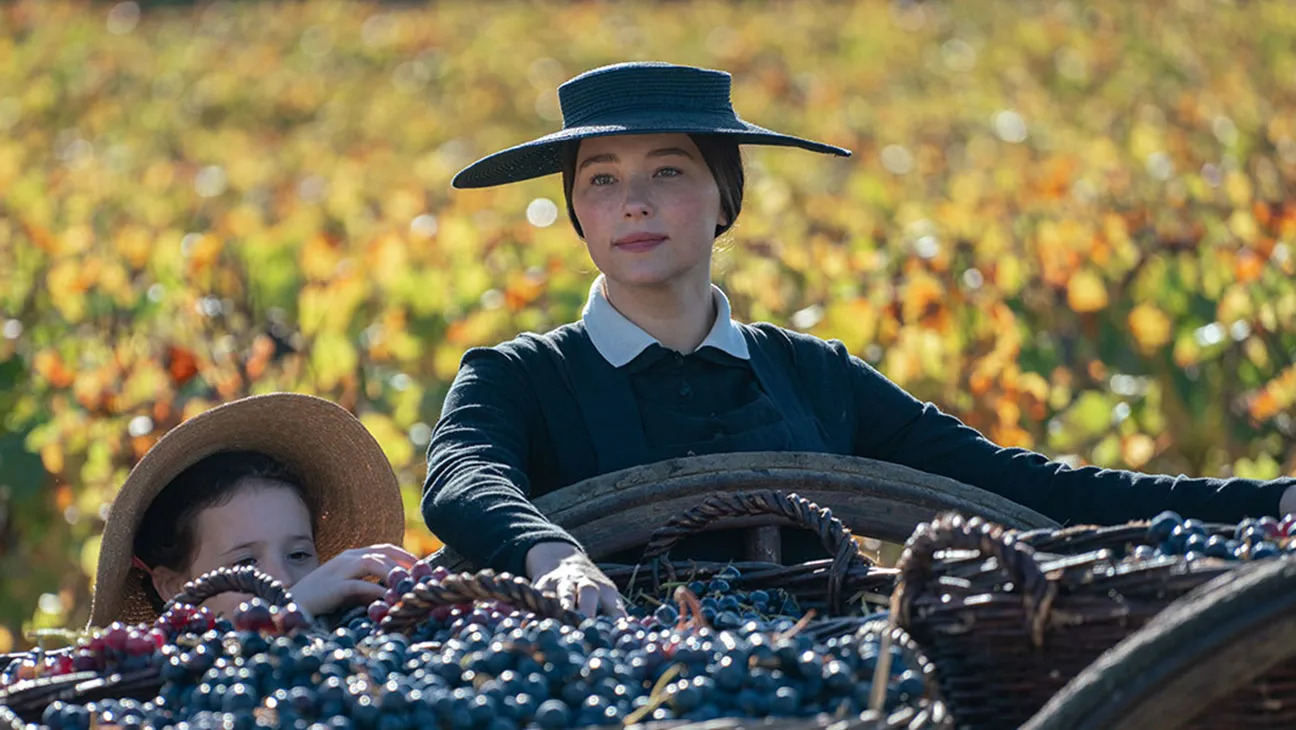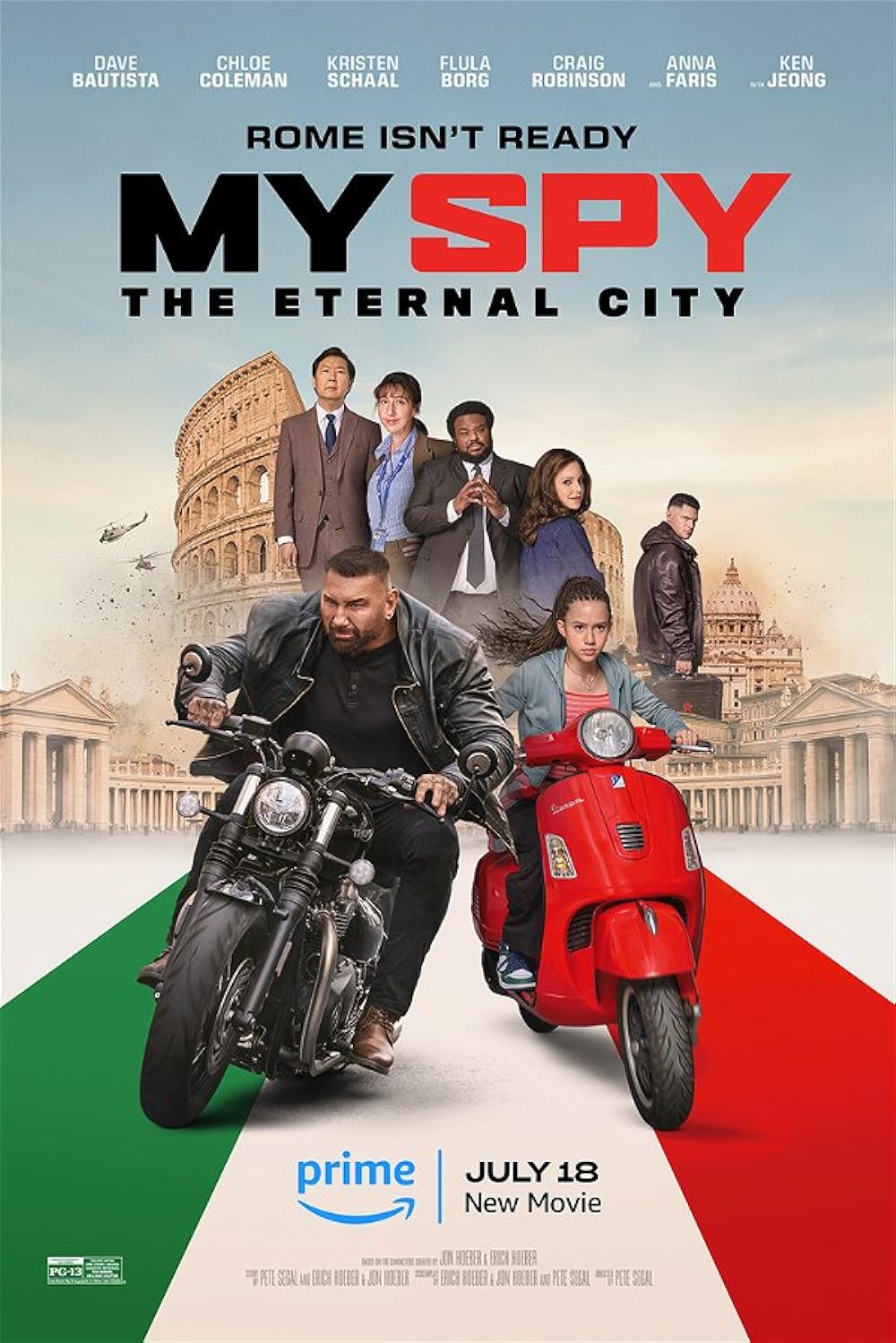Deadpool & Wolverine
Posted on July 23, 2024 at 6:15 pm
B +| Lowest Recommended Age: | High School |
| MPAA Rating: | Rated R for strong bloody violence and language throughout, gore and sexual references |
| Profanity: | Extended very strong and crude language |
| Alcohol/ Drugs: | Drinking and alcohol abuse, references to cocaine |
| Violence/ Scariness: | Extended and sometimes very graphic comic book violence with many characters injured and killed and many disturbing images |
| Diversity Issues: | None |
| Date Released to Theaters: | July 26, 2024 |

This one is for the fans. I say that with love because this movie loves the fans. I’m sure there are newcomers out there who are not deeply enmeshed in the comic book history of Marvel characters Deadpool and Wolverine, or even the canon of the Marvel Cinematic Universe. There may even be a ticket-buyer or two who have not seen the wildly popular earlier Deadpool and Wolverine movies, even the critically acclaimed “Logan,” and may not know how Deadpool likes to trash Wolverine in his movies in only the way that someone does (usually in middle school) when they really like someone and want that someone to like them back. Those people will enjoy “Deadpool & Wolverine” because it is smart, funny, exciting, often filthy, and even has some heart. Ryan Reynolds (who not only stars as Deadpool but co-produced and co-wrote and has been the force behind the entire Deadpool oeuvre) and Hugh Jackman (Wolverine) are having so much fun on screen it is impossible not to have fun with them. There’s also a little dog that would be very cute if it didn’t have such a weirdly long tongue, and yes, he is Dogpool.
If you have not seen the movie yet, just know that unlike other Disney/Marvel movies this one is rated R, and Ryan Reynolds has said that it is not for kids. I’ll avoid spoilers here, which is hard because there are so many of them and they are choice, but still, you do not need a review to know if you want to see it or not; if you’re a fan, just go and have a great time, then come back here and read the rest of the as non-spoilery as possible review.
It’s not a spoiler to talk about the opening credits, is it? I’ll just say that they involve some adamantium-enhanced bones used as weapons AND as informative material for listing the filmmakers. We then go back in time to see Deadpool turned down by Happy Hogan (Jon Favreau) when he applies to be an Avenger. Disheartened, he gives up being a superhero and goes to work as a used car salesman, which he does poorly. In the present, his birthday party is interrupted by some scary-looking storm trooper types, who take him to the TVA.
For those of you who have not been watching “Loki,” the TVA is the Time Variance Authority. This outpost is run by Mr. Paradox, played by “Succession’s” and “Pride & Prejudice’s” Matthew Macfadyen. Basically, this is just an excuse to (1) both have fun with and (2) make fun of the concept of multi-verses and get around the fact that Wolverine DIED HEROICALLY in a previous film.
Soon, Deadpool and a version of Wolverine (so we don’t have to worry about, like, consistency or logic) are in a massive void that they acknowledge looks like it’s from the “Mad Max” cinematic universe, where they meet up with some interesting characters, good guys and bad. All I can say about that is that there are some truly wonderful surprises from the MCU, not just in who show up but how they behave. Deadpool, going back to his comic book days, has broken the fourth wall, and in this movie it is smashed into smithereens, with more self-referential in-jokes and asides than even an infinite number of multiverses can contain.

I always say that superhero movies depend on the villain. That is less true in this case because Deadpool and Wolverine are anti-heroes, careless, damaged, and often mean-spirited. But the requisite British-accented bad guys are here, one with a rather preposterous link to one of the MCU’s most central characters. Most fans will be more interested in the two well-choreographed fights between the title characters than in their fights with the bad guys (also well-choreographed and very gory). To avoid spoilers I will just say that, as with Thanos (who is not in this movie), it can be difficult to come up with a bad guy (or girl) who is powerful enough to make the stakes meaningful but not so powerful that there is no understandable path (e.g. Kryptonite, Achilles’ heel) to vanquishing them.
The movie expertly balances the exciting, the silly, the references for the fans (look for Deadpool creator Rob Liefeld’s name on a shop the characters go crashing through and digs at the previous and current movie studios for the franchise, plus, for some reason, the Honda Odyssey), and the straightforward superhero stuff, even a few glimpses of actual sincerity. Reynolds and Jackman have tremendous chemistry and should make many movies together. The banter is A+ and so are the needle-drops, including Madonna, N’sync, Green Day, Grease, Aretha Franklin, and Huey Lewis and the News.
It is wonderful to see some of our old favorites from the MCU though I missed spending more time with some of the DCU (Deadpool Cinematic Universe). I want more Negasonic Teenage Warhead! Great nod to Stan Lee. Great nod to the fans from people who love these characters but do not take them too seriously, just like us.
Parents should know that this is a “hard-R” movie with constant strong and crude language, drinking and alcoholism, and extremely graphic violence with many characters injured and killed and many disturbing images.
Family discussion: How do you decide what “matters?” How do Deadpool and Wolverine and Mr. Paradox decide what matters to them? How do the villains in this movie compare to other Marvel villains?
If you like this, try: the other “Deadpool” and “Wolverine” movies and the Loki series.







